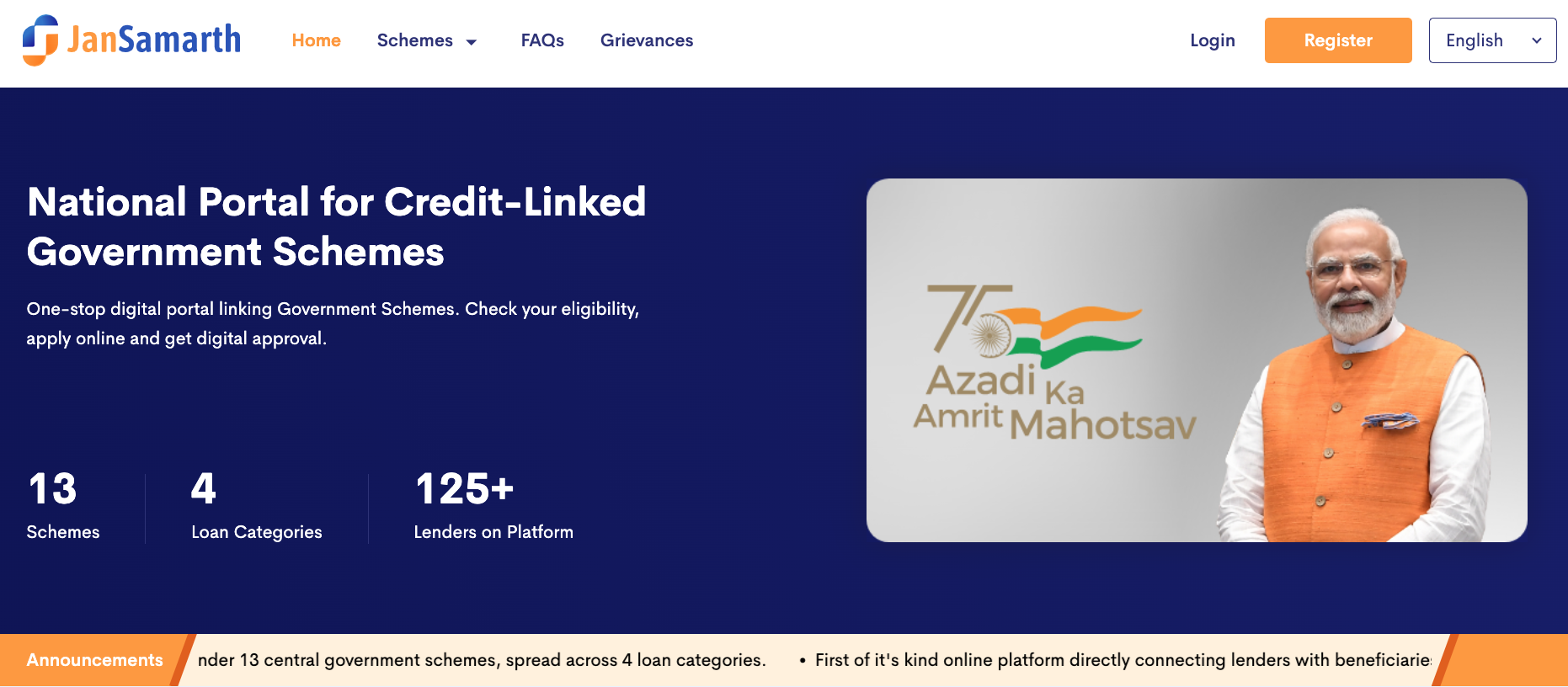THE Bangko Sentral ng Pilipinas (BSP) is unlikely to issue its own central bank digital currency (CBDC) in the near term, according to BSP Governor Benjamin E. Diokno.
“The BSP has no plans to introduce a CBDC in the near term primarily because the population remains heavily cash reliant given the country’s efficient and effective payment and settlement systems,”
Mr. Diokno told Global Source Partners in a report.
Mr. Diokno said the BSP’s technical working group has done consultations with other central banks, technological service providers, other institutions and even small businesses in relation to the use cases of a possible CBDC.
For now, he said they are strengthening the domestic retail payment system.
“Exploratory works on identified uses cases for CBDC in the Philippines are currently being undertaken for cross-border payments, settlement of equity securities, and intraday liquidity facility,”
Mr. Diokno said.
The central bank is hoping that half of all transactions will be done online by 2023. In 2020, about 20% of payments were done digitally.
A CBDC is centralized, issued, and regulated by a central bank, and can serve as a medium of exchange or store of value. Unlike other digital assets, it is regulated by the central bank, making it less prone to price volatility unlike decentralized cryptocurrencies like Bitcoin.
Central banks in China and Europe have started working on developing their CBDCs. Just last week, India said it will soon launch a digital rupee that will be regulated by the Reserve Bank of India.
The development of the country’s national ID or the Philippine Identification System (PhilSys) will be crucial in any future CBDC issued by the BSP, said Swarup Gupta, an industry manager at The Economist Intelligence Unit.
He said India was in a position to launch its retail CBDC through Aadhar, which is the country’s digital identity project similar to the national ID in the Philippines. He added the IndiaStack, which gives governments and private institutions access to an open application program interface (API), also helped to resolve challenges related to identity and payments.
“The Philippines’ digital identity project, PhilSys, will ultimately resolve these issues, but it will be a while before substantial coverage is achieved and requisite digital public goods put in place,”
Mr. Gupta said in an e-mail.
The National Economic and Development Authority earlier said that more than 50 million Filipinos have already completed the demographic and biometric data collection for the national ID.
Mr. Gupta said there are significant challenges and risks to CBDC adoption, which may be why the BSP is hesitant in considering a retail CBDC.
“A gaping digital divide in poor areas of emerging Asia, which includes the likes of both India and the Philippines, could hinder a major objective of such projects: financial inclusion. The major risks of launching a CBDC include raising the importance of the central bank to the point of crowding out the innovation of private players,”
he said.
Mr. Diokno has said that 53% of Filipinos had an account with a financial institution as of the first quarter of 2021. The BSP aims to bring this to 70% of Filipino adults by 2023.
Mr. Gupta said the BSP may also be considering possible cyberattacks on a CBDC system.
“Further, a well-executed cyberattack on a CBDC system could have disastrous implications. Philippines’ central bank is cognizant of these issues and is, therefore, quite rightly, treading carefully as it evaluates the various design considerations a CBDC entails,”
he said.
In the long term, Mr. Gupta said there is a case for the BSP to adopt wholesale CBDC.
“The central bank will, instead, focus on launching a wholesale CBDC, though it remains unclear how this will be superior to existing real-time gross settlement systems. Advantages could be gained from self-executing smart contracts, which could automate periodic payments successfully,”
he said.
The Philippine Peso Real-Time Gross Settlement Payment System includes 175 direct participants including banks, quasi-banks, BSP units, and the Bureau of the Treasury. It is the system that facilitates transactions through automated teller machines, clearing houses PESONet and InstaPay, checks, and the trading of government securities.
Another advantage of a wholesale CBDC would be interoperability with other central banks, Mr. Gupta said.
“The success of such projects could raise the efficiency of cross-border payments, such as remittances, while reducing costs significantly,”
he said.
Source:






Comments